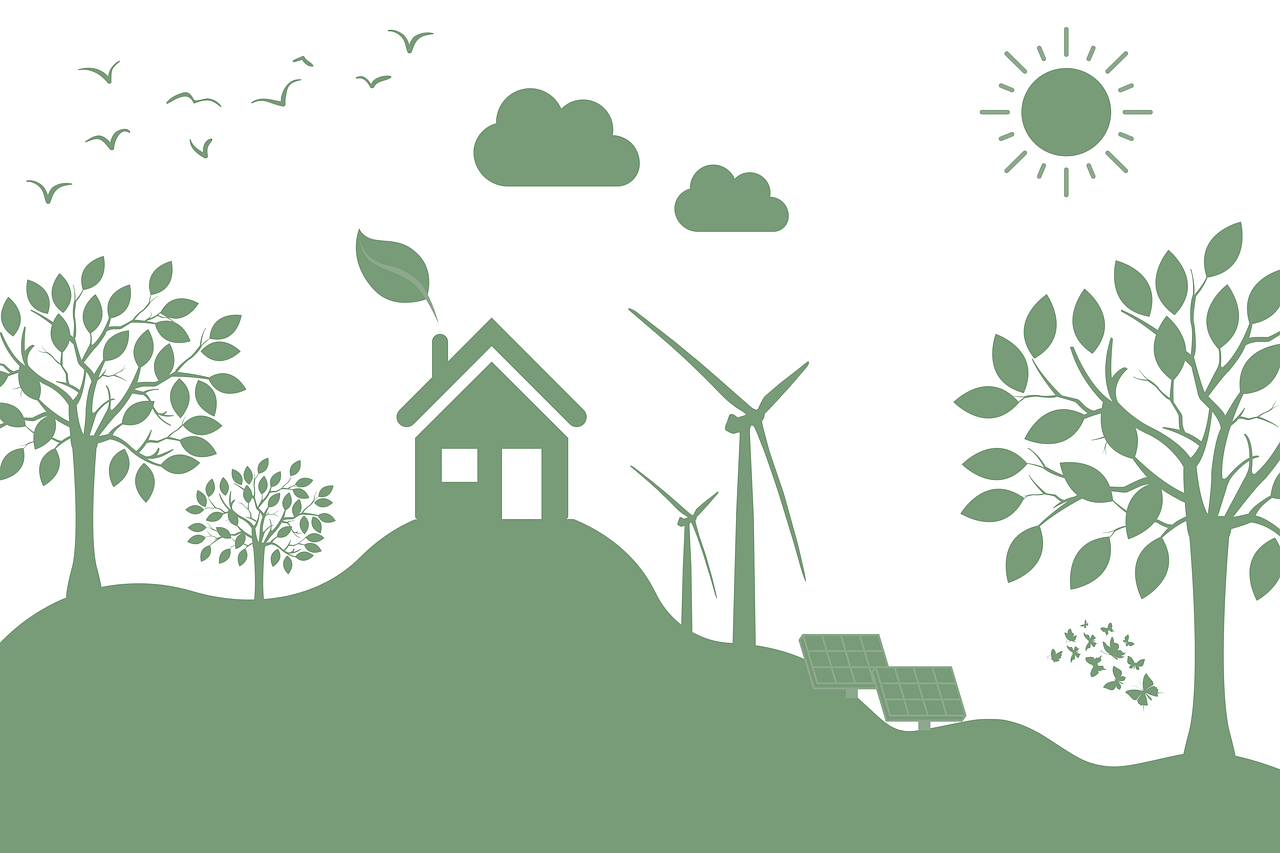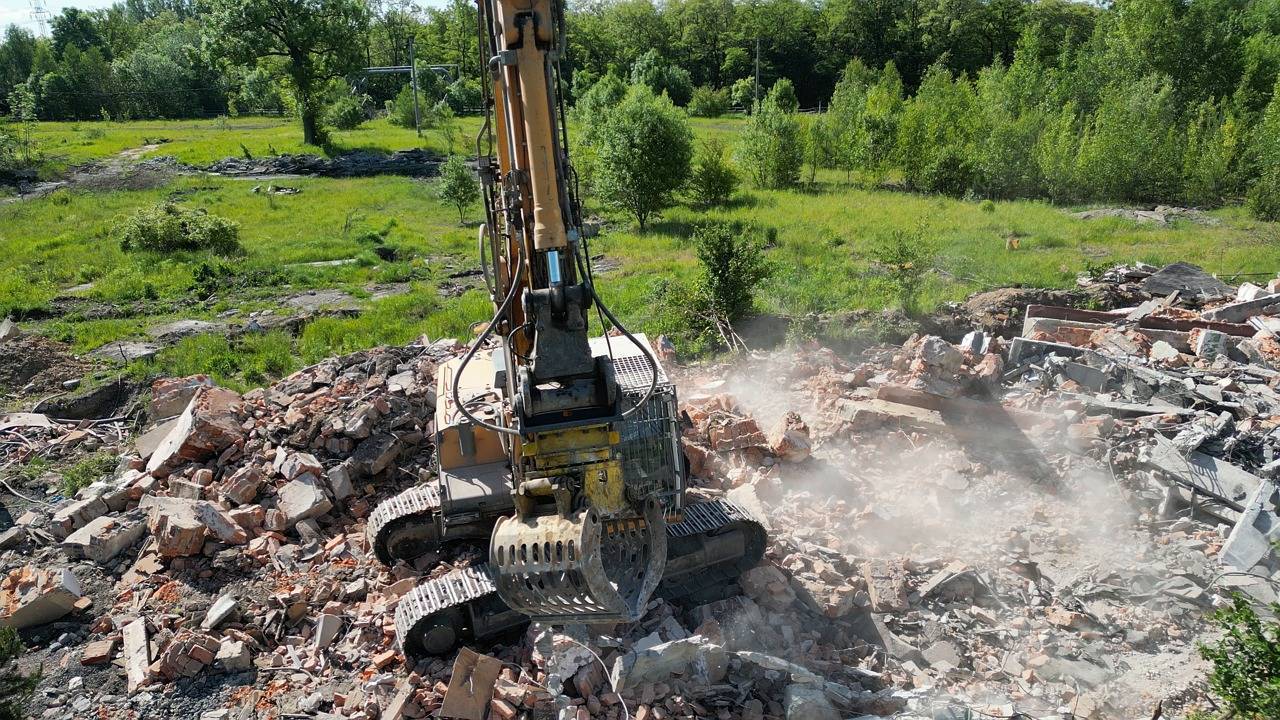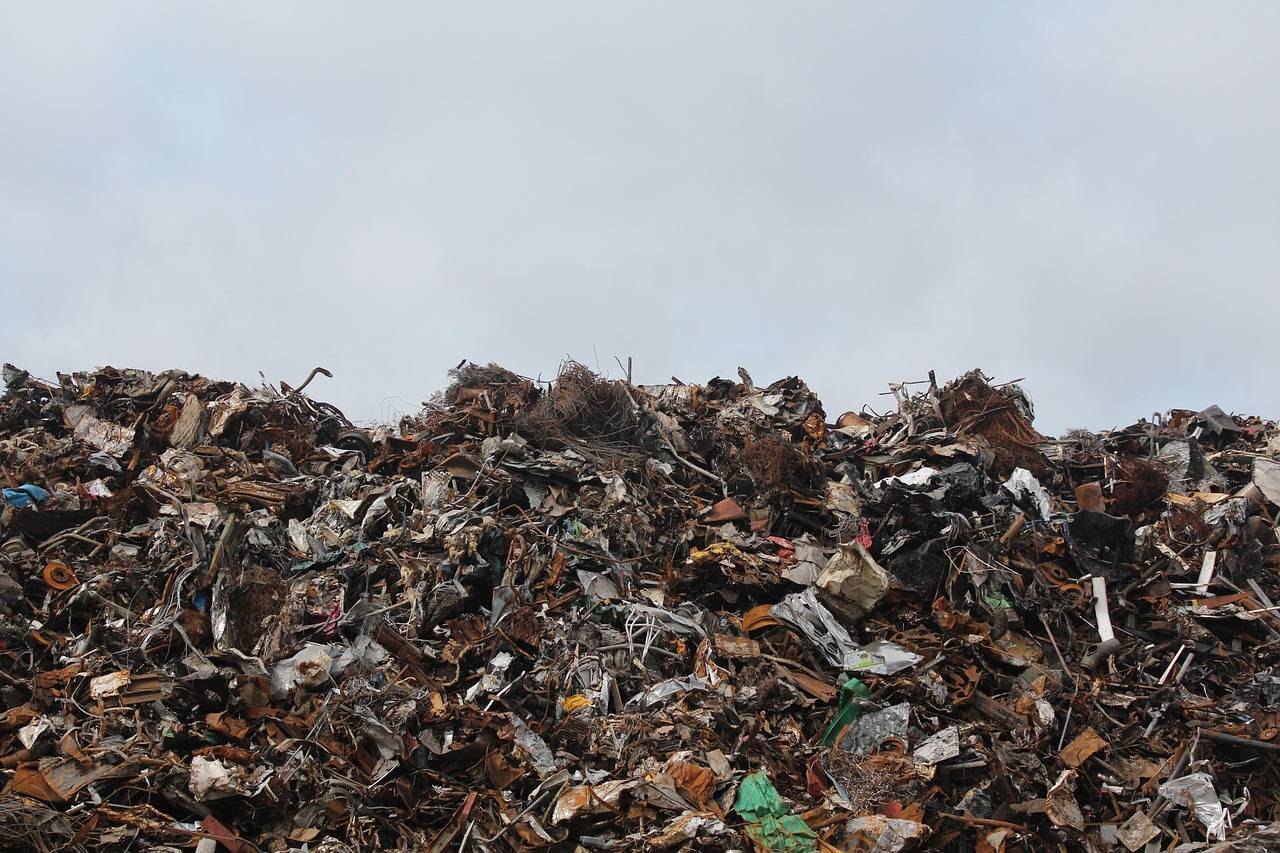In a time when concern for the environment and the need for long-term solutions are paramount, the idea of carbon-neutral communities is beginning to shine as a ray of light. These communities reflect a paradigm change towards greener and more responsible living since they are dedicated to offsetting or carbon removal projects that balance their carbon footprints.
With climate change posing ever-greater threats to our world, it is more important than ever to decrease carbon footprints. According to a recent study by the International Energy Agency (IEA), global carbon dioxide emissions reached a record high in 2021, underscoring the urgency of carbon-neutral initiatives. And, communities that aim to achieve carbon neutrality provide a comprehensive strategy, actively contributing to the repair of our world while also minimizing their environmental footprint.
The Vision of Carbon Neutrality:

"Carbon-neutral communities are at the forefront of redefining our relationship with the environment. By embracing sustainable practices and innovations, they exemplify a path towards a cleaner, healthier future."
— Dr. Emily Green, Environmental Scientist
At the heart of carbon-neutral communities is the vision to achieve a state where the amount of carbon dioxide released into the atmosphere is equivalent to the amount removed or offset. This ambitious goal extends beyond individual actions, emphasizing collective efforts within a community to create a net-zero carbon footprint.
Carbon-neutral communities have demonstrated a measurable impact, with a 30% average reduction in carbon emissions compared to traditional urban developments, as reported by the Carbon Neutral Cities Alliance.
Key Features of Carbon-Neutral Communities:

Renewable Energy Integration: Carbon-neutral communities prioritize the adoption of renewable energy sources. Solar, wind, and other sustainable energy solutions play a pivotal role in powering homes and businesses, significantly reducing reliance on traditional fossil fuels.
Energy-Efficient Infrastructure: Sustainable architecture and energy-efficient building practices are integral to carbon-neutral communities. From eco-friendly materials to smart technologies that optimize energy consumption, these communities set a new standard for environmentally conscious urban planning.
Carbon Offsetting Initiatives: To counter unavoidable emissions, carbon-neutral communities invest in offsetting initiatives. This includes supporting projects such as reforestation, renewable energy development, and carbon capture technologies that actively remove or mitigate the impact of emissions.
Waste Reduction and Recycling Programs: Minimizing waste and implementing robust recycling programs are hallmarks of carbon-neutral communities. Waste-to-energy solutions and comprehensive recycling infrastructure contribute to a circular economy within these sustainable enclaves.

Recent Trends in Carbon-Neutral Living:
The Rise of Eco-Districts: Cities and municipalities worldwide are designating specific districts as eco-friendly zones, aiming to transform them into carbon-neutral hubs with integrated green spaces, renewable energy, and sustainable infrastructure. The adoption of renewable energy sources in carbon-neutral communities has seen a significant upswing, contributing to a 20% increase in overall energy efficiency, according to data compiled by the Global Sustainable Housing Council.
Inclusive Community Engagement: Carbon-neutral communities are increasingly fostering inclusive engagement, involving residents in decision-making processes and encouraging sustainable practices at an individual level.
Technological Innovations: Advancements in technology, such as smart grids, energy-efficient sensors, and blockchain applications, are enhancing the sustainability and efficiency of carbon-neutral communities.
Carbon-neutral communities stand as a testament to our capacity to reimagine urban living in harmony with the planet. As per Mark Turner, Sustainable Living Advocate, "The rise of carbon-neutral communities reflects a growing awareness that sustainable living is not just a choice but a responsibility. These initiatives set a commendable standard for urban development."
As we witness the global momentum towards sustainability, these communities serve as living proof that a carbon-neutral future is not just an aspiration but an achievable reality. By embracing innovation, community engagement, and a commitment to offsetting emissions, carbon-neutral living emerges as a transformative force, shaping a future where sustainable living is not just a choice but a shared responsibility.









.png)